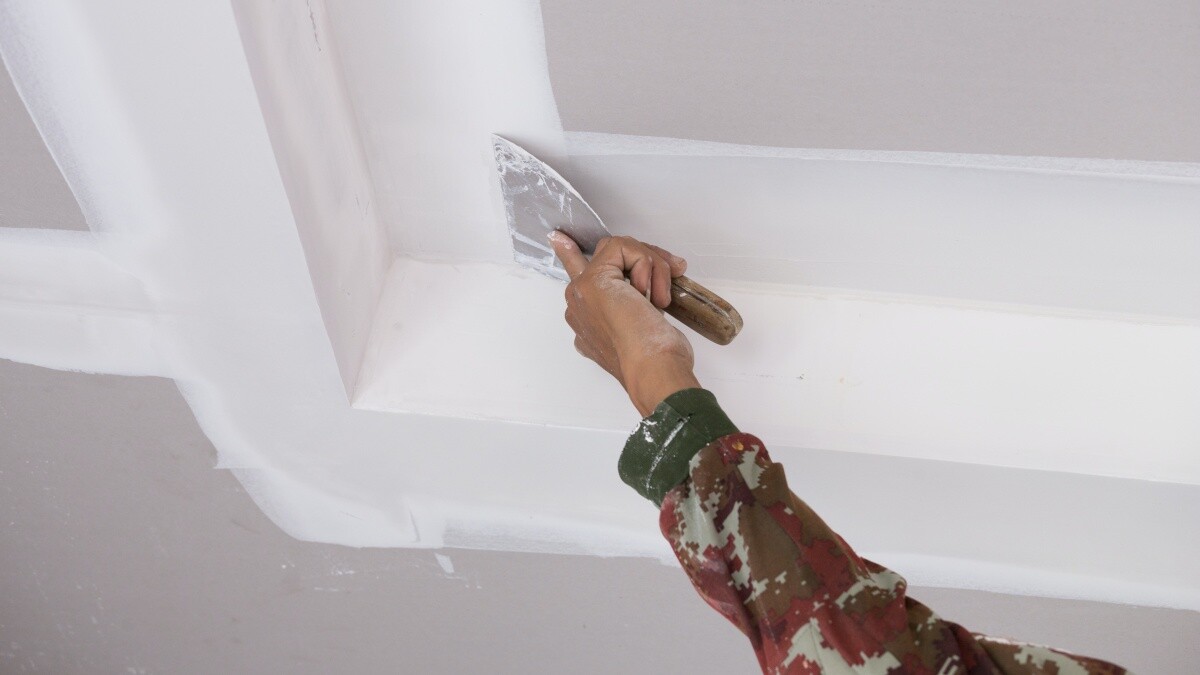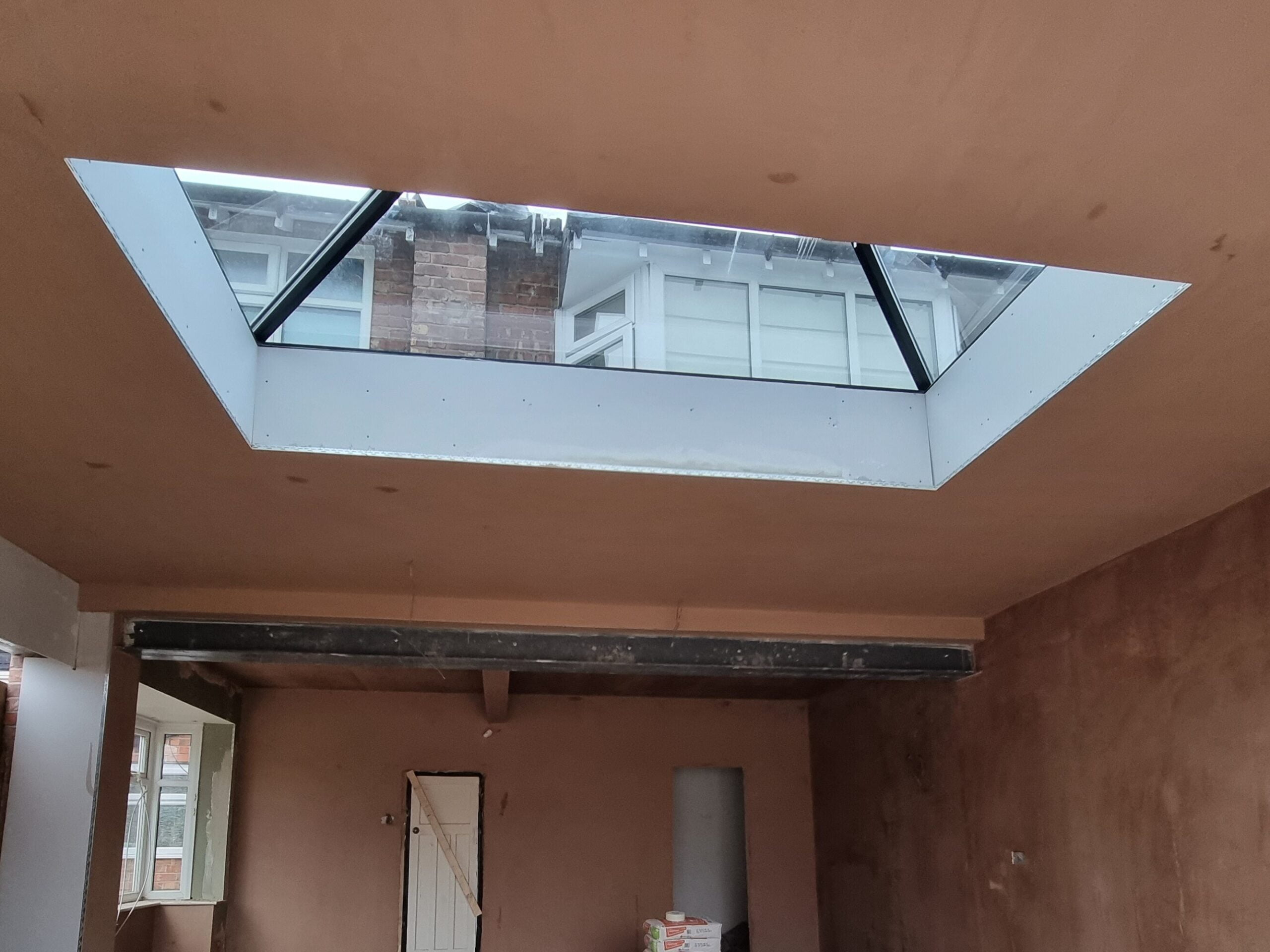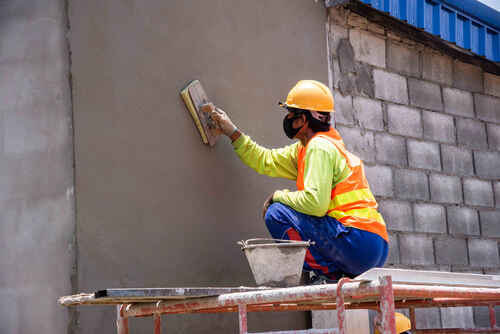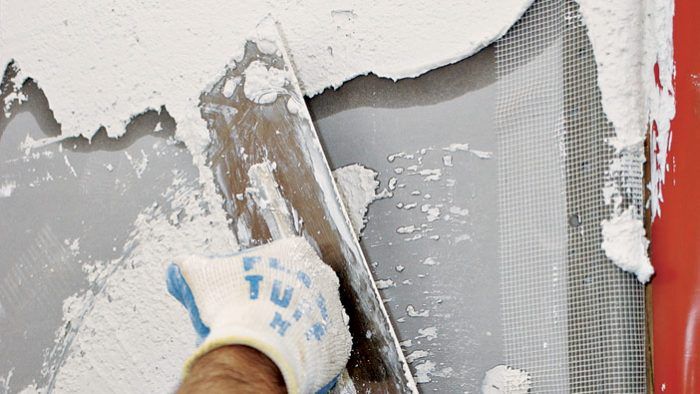Crucial Devices and Techniques for Professional Plastering in your home
Crucial Devices and Techniques for Professional Plastering in your home
Blog Article
Recognizing the Essential Strategies of Gluing for Home Improvement Projects
In the world of home renovation, mastering the necessary techniques of plastering can considerably improve both the performance and visual allure of a room. The smudging procedure encompasses vital phases, from meticulous surface preparation to the precise application of materials.
Types of Smudging Techniques
Although various plastering methods exist, each offers a distinct function and uses distinctive visual high qualities. One of the most typical methods is conventional lime plastering, which is known for its breathability and versatility. This technique is particularly advantageous for older structures, permitting dampness to get away while preserving structural integrity.
Another extensively made use of method is gypsum plastering, which entails the application of a quick-setting substance. It offers a smooth finish and is ideal for indoor walls and ceilings, making it a popular choice in modern-day building. For an extra textured appearance, trowel-on plastering techniques such as stucco and Venetian plaster are frequently employed. Stucco, commonly used in exteriors, supplies durability and weather condition resistance, while Venetian plaster is renowned for its glamorous, refined coating.
In addition, there are a lot more specialized methods, such as skimming, which is a procedure that entails using a slim layer of plaster over existing surfaces to produce a smooth surface. Each of these techniques can considerably influence the total aesthetic and capability of a room, making it necessary to select the proper method based upon the certain demands of a job.

Tools and Materials Needed

The hawk serves as a platform to hold the plaster, while the trowels, available in various dimensions, are essential for application and smoothing. A float, frequently made of rubber or sponge, is used to attain a consistent coating.

Spending in premium tools and materials eventually contributes to a more successful smudging project, generating a durable and aesthetically pleasing coating. Appropriately furnished, you lay the foundation for effective smudging and home improvement.
Step-by-Step Plastering Refine
With the right tools and materials in hand, the next phase entails implementing the smudging process with precision. Begin by preparing the surface area to make sure optimal adhesion. Get rid of any type of loose debris, dirt, or old plaster, and apply a bonding agent if required.
Once the surface area is prepped, mix the plaster according to the producer's instructions, attaining a smooth, lump-free consistency. Utilizing a trowel, use the initial coat, referred to as the scrape layer, to a density of regarding 5-10 mm. Ensure consistent coverage, and use a comb or scratcher to create grooves for better attachment of succeeding layers.
After allowing the scratch coat to set partially, use the second coat, or the brown layer, smoothing it out for an also surface. Use the read here ending up coat, which need to be thinner and smoother.
When the plaster has dried out completely, it can be fined sand gently to get rid of blemishes. Follow up with a guide prior to paint for a polished last appearance.
Common Errors to Avoid
Falling short to acknowledge typical blunders can dramatically influence the quality of your plastering project. One frequent mistake is poor surface area prep work. Falling short to tidy and prime the surface area can result in bad bond, resulting in fractures and peeling off. Additionally, overlooking to fix any type of underlying concerns, such as moisture or architectural damages, can endanger the plaster's integrity.

Timing is likewise critical; several unskilled plasterers rush the application. Permitting the preliminary layer to completely dry totally prior to applying subsequent layers is necessary to avoid too much cracking and contraction.
In addition, not using the right devices can hinder the ending up procedure. Making use of trowels that are small or also big can influence your control and the level of smoothness of the coating.
Tips for Finishing Touches
Achieving a perfect finish in plastering needs attention to information and a few tactical methods. When the preliminary application has dried out, start the completing process by utilizing a moist sponge or trowel to ravel any flaws. This action not only improves the surface area but additionally helps to remove any type of excess plaster that might have dried out unevenly.
Following, consider using a fine-grit sanding block or pole sander for a more refined look. Fining sand ought to be done gently to prevent harming the underlying layer - Plastering. Constantly put on a mask to protect versus dirt breathing
After fining sand, inspect the surface under different lights conditions to identify any missed disparities or areas. Use a slim layer of ending up plaster if necessary, feathering out the edges to blend effortlessly with the bordering area.
Final Thought
In final thought, grasping necessary plastering methods significantly boosts the top quality of home renovation jobs. Comprehending the numerous kinds of plastering techniques, using suitable devices and materials, and adhering to a methodical application procedure contribute to attaining a smooth and resilient finish.
In the realm of home renovation, mastering the essential methods of smudging can significantly improve both the capability and aesthetic charm continue reading this of a room.Although different gluing techniques exist, each serves an unique function and offers unique visual top qualities. Plastering. For a more textured look, trowel-on plastering methods such as stucco and Venetian plaster are commonly employed. Stucco, typically utilized in outsides, gives sturdiness and weather condition resistance, while Venetian plaster is renowned for its luxurious, polished click over here now finish
Typically utilized plaster kinds consist of gypsum plaster, lime plaster, and cement-based plaster, each offering various objectives and environments.
Report this page